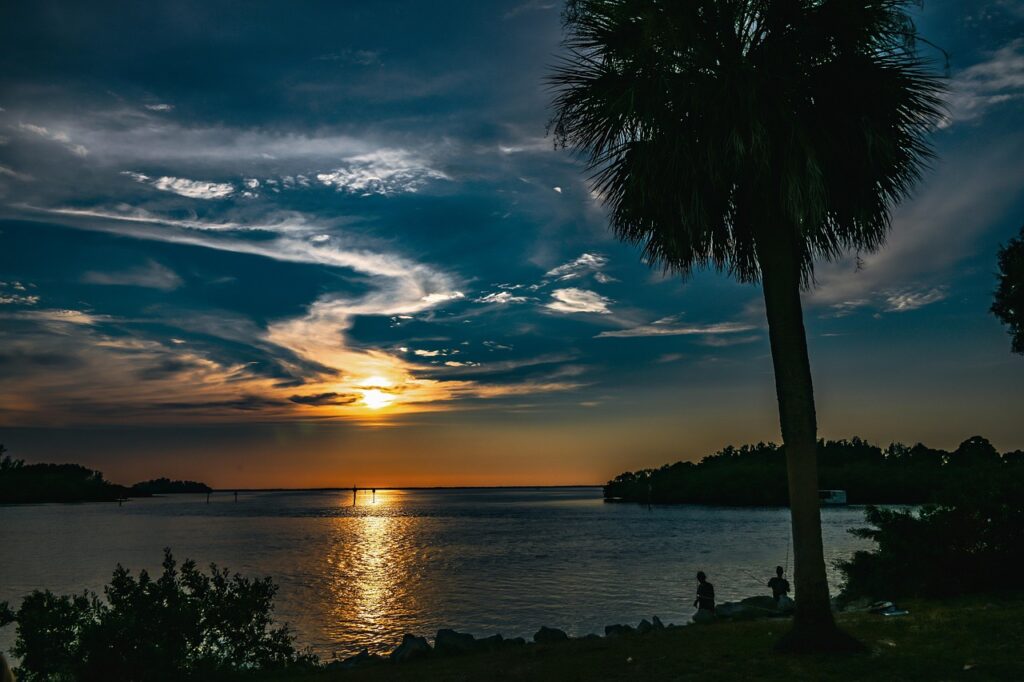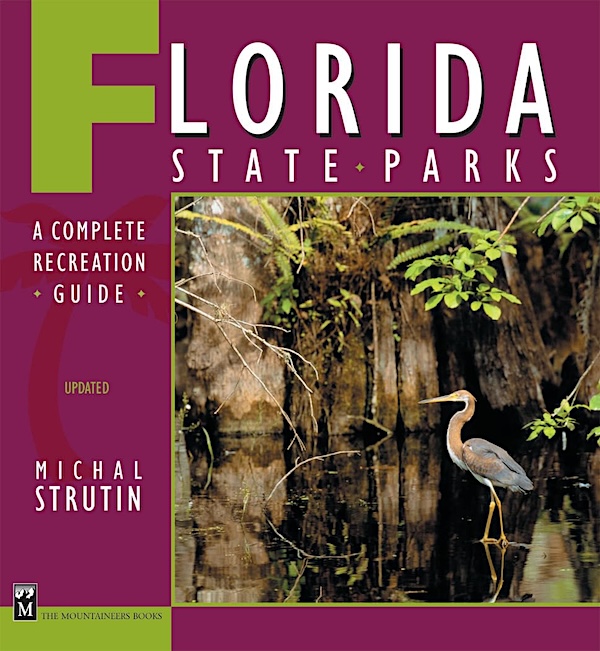
At the mouth of the Steinhatchee River in North Florida lies a body of water with a name that immediately evokes curiosity: Deadman’s Bay. This natural harbor, long known for its abundant fishing and shelter from Gulf storms, has a history as rich as the waters that flow through it.
A Name Born from Tragedy
The bay’s ominous name dates back to the 1500s, when Spanish explorers were just beginning to venture into Florida. According to historical accounts, Native Americans discovered the bodies of several white men floating in the Steinhatchee River. These unfortunate souls were likely members of the Panfilo de Narvaez expedition, which landed near present-day St. Petersburg in 1528.
Narvaez led approximately 300 men on a disastrous march through Florida’s interior, encountering hostile native tribes and harsh wilderness conditions. The expedition was ill-fated from the start, with only four survivors eventually making it to Mexico after years of hardship. The bodies discovered in the river became the namesake for what Spanish maps would soon label as “Deadman’s Bay.”
Early European Explorers
Despite the grim discovery, Spanish exploration continued. Narvaez himself came through the area in 1529, followed by Hernando de Soto a decade later. De Soto notably crossed the Steinhatchee River at Steinhatchee Falls, a natural crossing point that would remain important for centuries.
Native Inhabitants
Throughout the 1700s, the area around Deadman’s Bay became home to Seminole, Creek, and other Muskogean peoples. Many of these tribes had relocated south due to European colonization and tribal conflicts in the north. The rich fishing grounds and natural protection from storms made the area particularly attractive for settlement.
From Military Route to Blockade Runner Haven
The strategic importance of the area continued into the 1800s. In 1818, Andrew Jackson reportedly crossed the Steinhatchee River at the Falls during his military campaigns.
During the Civil War, Deadman’s Bay gained a reputation as a safe harbor for blockade runners. A letter from 1862 by Florida politician John Milton described it as “one of the most Private and Safe on the coast” where vessels could “lay safe and well protected” while avoiding Union naval blockades.
The Changing Name
The area’s name has evolved over time. In 1879, local pioneer James Howard Stephens offered land for a post office, and the community name changed from Deadman Bay to Stephensville. Later, in 1931, the community adopted its current name of Steinhatchee, derived from Native American words “esteen hatchee,” meaning “river of man.”
A Rich Maritime History
The waters of Deadman’s Bay have supported various industries over the centuries. The area has been home to loggers in the 1800s, sponge divers in the mid-20th century, and commercial fishermen, shrimpers, and crabbers today.
Ecological Significance
The bay isn’t just historically significant—it’s part of one of the most productive ecosystems in the world. The Steinhatchee River, along with several other regional rivers, dumps mineral-rich soils and nutrients into the Gulf, creating perfect conditions for marine life to thrive. Today, the area is particularly known for its excellent scallop fishing.
Visiting Today
Modern visitors to Steinhatchee can still experience the natural beauty and maritime charm that has drawn people to these waters for millennia. The community embraces its rich history while offering visitors opportunities to fish, scallop, boat, hike, and enjoy spectacular Gulf sunsets.
Despite its somewhat macabre name, Deadman’s Bay has transformed from a place associated with an ill-fated expedition to a thriving coastal community that celebrates its unique heritage and natural bounty.
Inscription on Historical Marker
Located at the mouth of the Steinhatchee River, Deadman Bay was on Spanish maps by the early 1500s. Spanish Conquistador Panfilo de Narvaez came through the area in 1529 followed by Hernando de Soto ten years later. Desoto crossed the Steinhatchee River at the “Falls.” In 1818 General Andrew Jackson (1767-1845) also crossed at the Falls on his way to dispatch the Seminoles who raiding “white” settlements. In 1838 General Zachary Taylor (1784-1850) was sent to put down the Seminoles during the Second Seminole War. Fort Frank Brook was established up the Steinhatchee River in the same year and abandoned in 1840. In 1879 James Howard Stephens (1825-1906), a local pioneer, offered land for a post office changing the name from Deadman Bay to Stephensville. In 1931 the community was renamed Steinhatchee after the river. The name Steinhatchee was derived from the native American “esteen hatchee” meaning river (hatchee) of man (esteem). Steinhatchee’s long history of human habitation includes prehistoric man dating form 12,000 BC, pirates from 15th through 18th centuries, loggers in the 1800s, sponge divers in the 1940s and 50s and commercial fishermen, shrimpers, and crabbers today



Leave a Reply